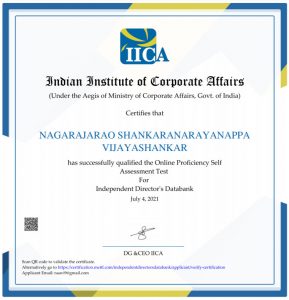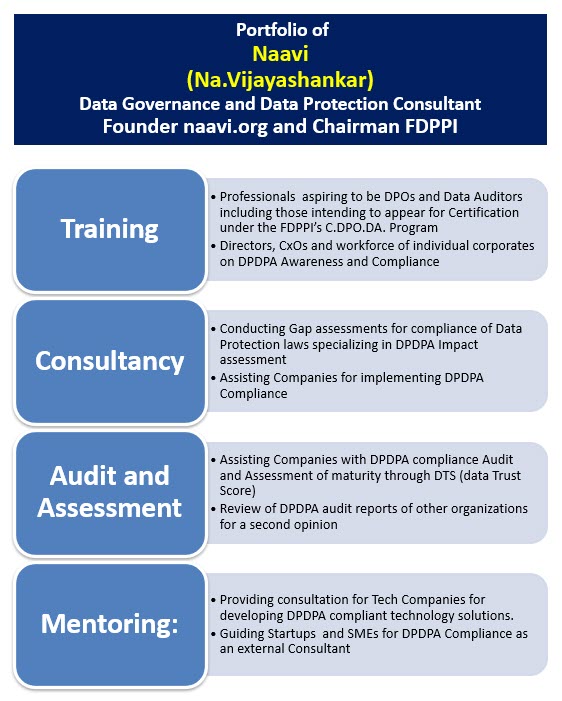ICICI bank which has been a leading Bank in India adopting to innovative Cyber Banking in India is also in the forefront of incidents in which customers have lost money because of the negligent manner in which security of the systems is maintained as well as the fraudulent involvement of its employees.
Recently in two cases the TDSAT passed adverse orders against ICICI Bank. In the S.Umashankar Vs ICICI Bank case, ICICI Bank was held to have assisted the fraudster in commission of the crime. Though clinching evidence of criminal complicity of ICICI Bank had been adduced in the Adjudication and Tribunal in this case, since these forums were not criminal Courts, they stopped at passing adverse remarks in the orders. Had they been criminal Courts, we could have considered that ICICI Bank had been indicted of criminal offences under Sections 66 and 65 of ITA 2000/8.
In another case of Rajendra Yadav Vs ICICI Bank, an earlier order dismissing the complaint by the Adjudicator of Karnataka (in 2011) on the ground that “Section 43 was applicable only to individuals and not to Companies” has also been dismissed with costs on ICICI Bank.
ICICI Bank enjoying the power of public money however is not accepting the decisions and is challenging the decisions in higher Courts in the belief that the victims of Cyber crimes who have brought these litigation on the Bank will not have resources to continue their legal battle in higher courts for both the expenses and time involved.
Both these cases are cases which have been in litigation since 2008 and 2010.
In the latest attempt, ICICI Bank wants to get itself exempted from being liable under Section 43 by raising a bogey that the word “Person” used in the section applies only to an individual and no action can be brought against the Bank. The exemption claimed under Section 43 is also an exemption claimed under Section 66 since the two are interlinked.
This means that ICICI Bank is claiming that if it commits any offence under Section 66 which includes unauthorized access, denial of access, diminishing the value of information residing inside a computer etc., it has to be protected because it is a “Company”.
It would be interesting to see if the Courts admit such petitions or dismiss it at the first place.
Naavi has already pointed out in the judicial forums why this claim is ridiculous and cause different anomalies in law. We shall elaborate this some time later.
Naavi
Refer: TDSAT order







